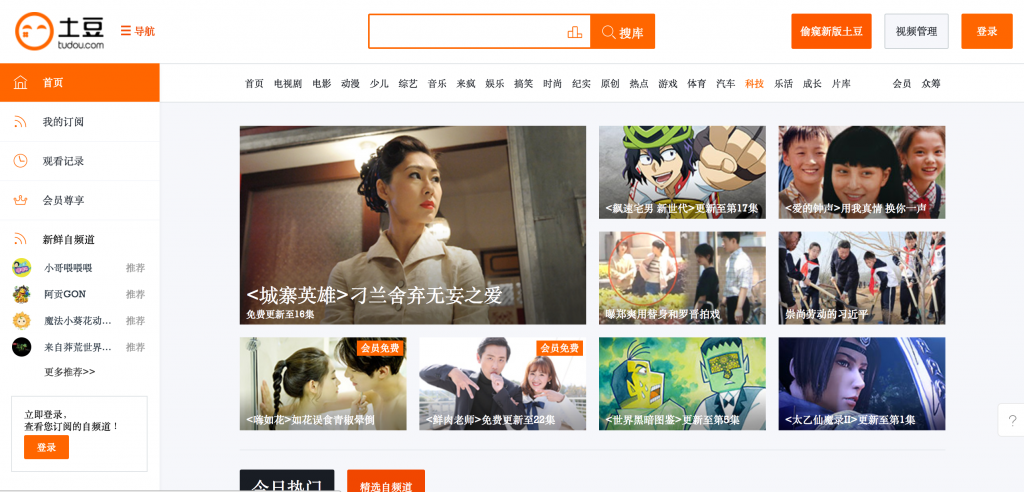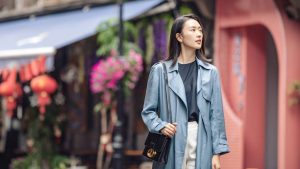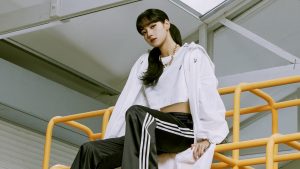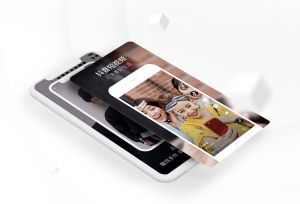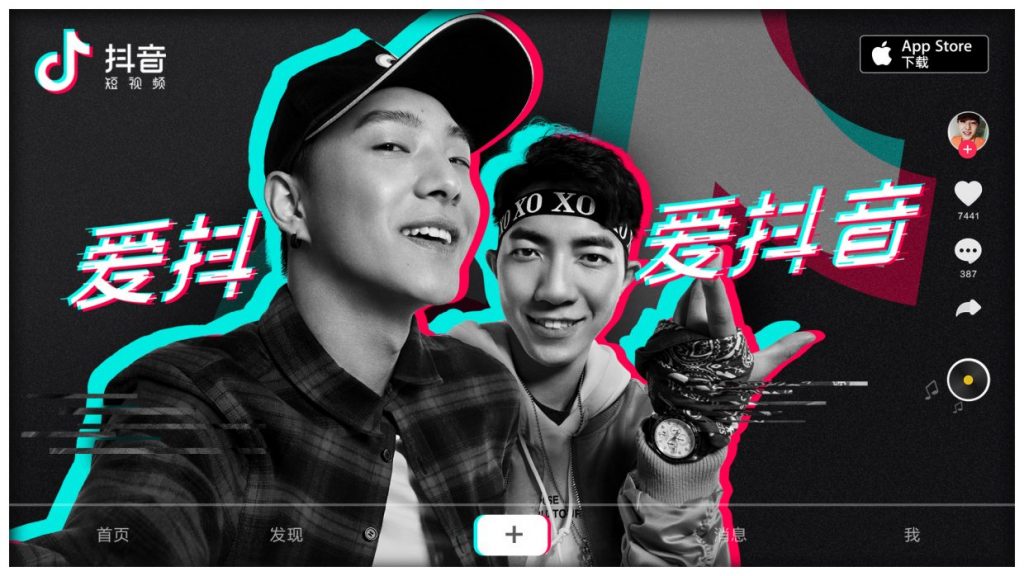
Over the past year, Musical.ly copycat Douyin has quickly become the go-to app for China’s post-95s. International brands have already run successful campaigns on the app, but is it a good choice for the luxury industry?
Over the past couple of months there’s been a lot of hype about Chinese short video social site Douyin. The app, launched in September 2016, took off in 2017, growing to over 100 million users within a year, becoming the number two ranked app overall in the Apple Chinese App store, and reaching first in the video/photo category.
This Musical.ly copycat has quickly become the go-to app for China’s Gen Z, causing leading platforms Meipai, Tudou, and even Weibo, to begin integrating Douyin-like features in an effort to retain young users.
Brands, frustrated with the high prices and declining organic reach on mature platforms such as Weibo and WeChat, have been eager to experiment with Douyin. Chevrolet, Airbnb and Pizza Hut are just a handful of companies that have already worked with the app.
While this may seem like a new frontier filled with promise, every platform has its drawbacks and Douyin is no different. Before blindly rushing in, luxury brands would be wise to evaluate if the platform is suitable for them.
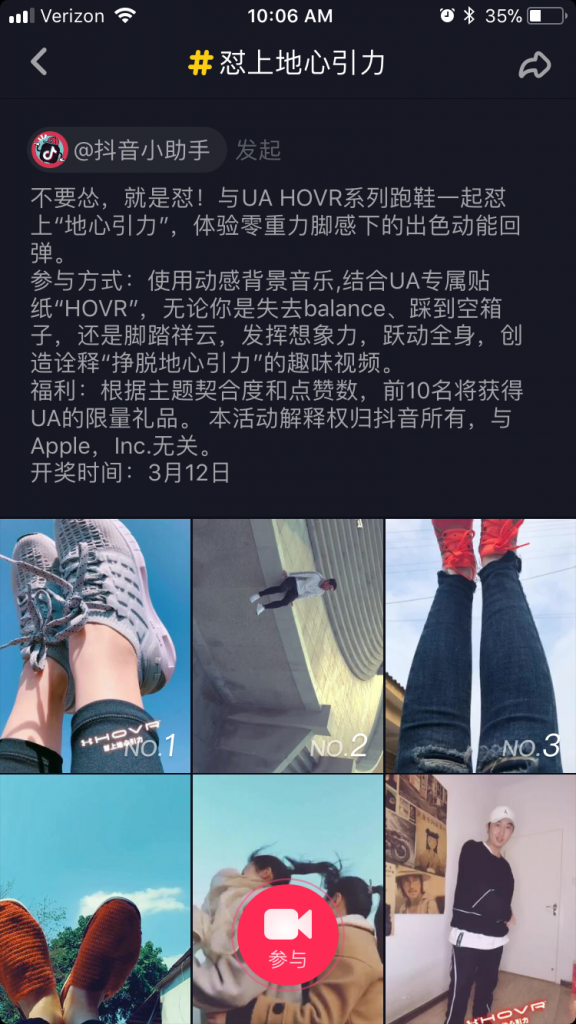
Let’s take a look at some of the pros and cons.
The Pros
1. Content is Evolving to Include More Skits and Less Lip Syncing
The move to Vine-like content is good because it allows for more creativity, more possibilities for brands, and more types of influencers on the app. While there are some influencers making unique lip-syncing content, there’s no denying that it is a limited medium.
Similar to Musical.ly, Douyin also has themed hashtags called Challenges which are essentially creative prompts for users. Users make content based on the guidelines of the prompt and use the hashtag to be featured on the Challenge page.
For official platform-run brand campaigns, brands can create a prompt and hire top influencers to create content based upon it. When they launch the campaign, influencers will share their challenge videos and encourage their followers to join in and make their own. Obviously, this transition to a wider variety of content gives brands a lot more room to play around with when coming up with Challenges.
2. User Demographics
Douyin insider Fabian Bern shared that 85 percent of the app’s users are under 24 years old, over 70 percent are female, and the majority are from upper class families living in first tier cities. This is good news for luxury brands.
Earlier this year, a report from Bain found that millennials are a key driver of China’s luxury industry — on average, they made luxury purchases eight times in 2017 compared to five times for everyone else surveyed. And at the recent Tmall beauty summit, brands including Estée Lauder, P&G and L’Oréal reported that young Chinese women are more likely than ever to invest in luxury beauty products.
3. It’s Cheaper Than Weibo and WeChat
Running campaigns on mature platforms such as Weibo and WeChat has become quite costly and is only going to get worse. In comparison, running a campaign on Douyin is a steal.
There are several ways to run a campaign on Douyin – large, international brands tend to partner directly with the platform to host challenges. Direct partnerships are more expensive, but will ensure the most visibility and potential for virality.
The other option is to work directly with influencers themselves. While this ends up being much cheaper than going through the platform, the brand is relying completely on organic reach from the influencer and cannot count on a push from the platform to help content go viral.
While Douyin currently does not take a cut of these direct-to-influencer campaigns, Bern says, “Brands need to be aware that, if they work directly with Douyin influencers, the influencers need to inform Douyin that they are doing this campaign. Douyin is okay with influencers working directly with brands but, if they aren’t informed of the campaign, they might throttle the post’s reach.”
4. Greater Visibility
Because Douyin is a newcomer, brand campaigns tend to get much more visibility on the app. Brands partnering directly with the app will receive a banner ad on the main challenge page, and their hashtag challenge will be featured at the top of that page as well. In many cases they will also collaborate with Douyin to create customized branded filters and video backdrops.
5. Douyin Offers E-commerce Links
Top influencers are allowed to include links to products on Taobao and Tmall in their individual videos, meaning that Douyin influencers have the ability to drive direct sales.
The Cons
1. Content Quality
While the quality of the content on the app is improving, in general it remains quite low. There are a lot of videos that, frankly, are boring to watch. It is obvious that content isn’t always thought through and oftentimes the Challenges, instead of sparking creativity, result in hundreds of videos that all look the same.
Luxury fashion and lifestyle influencer Vera Wang says that the platform and the style of content doesn’t appeal to her. “I hear all this buzz about Douyin, and I want to try it out and grow an audience there, but when I log into the app and take a look around, I just don’t see a lot of content I like. I don’t get the hype.”
2. The App is Less Mature, And So Are the Ifluencers
The top influencers on the app tend to be quite young and many of them are still learning how to work with brands on a professional level. This can sometimes lead to communication issues and other misunderstandings.
Some brands have tried cross-platform campaigns, working with their favorite Weibo influencers, but Weibo influencers aren’t as well versed in the Douyin format. “I don’t know to make good content for Douyin. It’s a totally different format than what I’m used to,” Vera lamented. “I can convey so much more through a one to two-minute video. For me personally I feel like 15-second vertically-shot videos can’t express nearly as much.”
3. Challenges Can Be Hit or Miss
A creative hashtag Challenge is crucial to the success of a Douyin campaign. Even when partnering directly with the app, without the right Challenge, a campaign can easily fall flat.
Humorous content does very well on the app, a potential problem for luxury brands who don’t typically associate themselves with comedy. On top of that, Chinese humor can be hard for Westerners to understand, even those who have spent a long time in the country. “Sometimes I see these comedy videos that are extremely popular on Douyin and I know it must be funny, because its doing so well, but as a foreigner I just can’t wrap my head around the humor,” explained Bern. “You definitely need a local team that understands the app in order to craft the right campaign.”
4. Are Post-95 Chinese Really Going to Buy Luxury Goods?
While post-80s Chinese might be the focus of luxury brands, what about post-95s? Do they really have the purchasing power to buy luxury products? Post-80s are young professionals, some of them, already in their 30s, have reached high positions in their companies and have disposable income which they can use to purchase luxury goods.
Post-95s, on the other hand, are college students and recent graduates. While those from wealthy backgrounds will receive plenty of funding from their parents, the majority of post-95 consumers might love luxury products, but be unable to actually purchase them.
While Douyin might not be a good fit for all luxury brands, it is a great opportunity for those who are looking to experiment. For brands who are curious, Bern urges them to try it out sooner rather than later. “Get in now while the platform is still growing, before prices skyrocket and you have to pay a lot more for your mistakes.”
Brands eager to learn more about Douyin can listen to Fabien Bern cover the app in-depth on Episode 18 of the author’s China Influencer Marketing Podcast, found here.
-This article originally appeared on JingDaily


